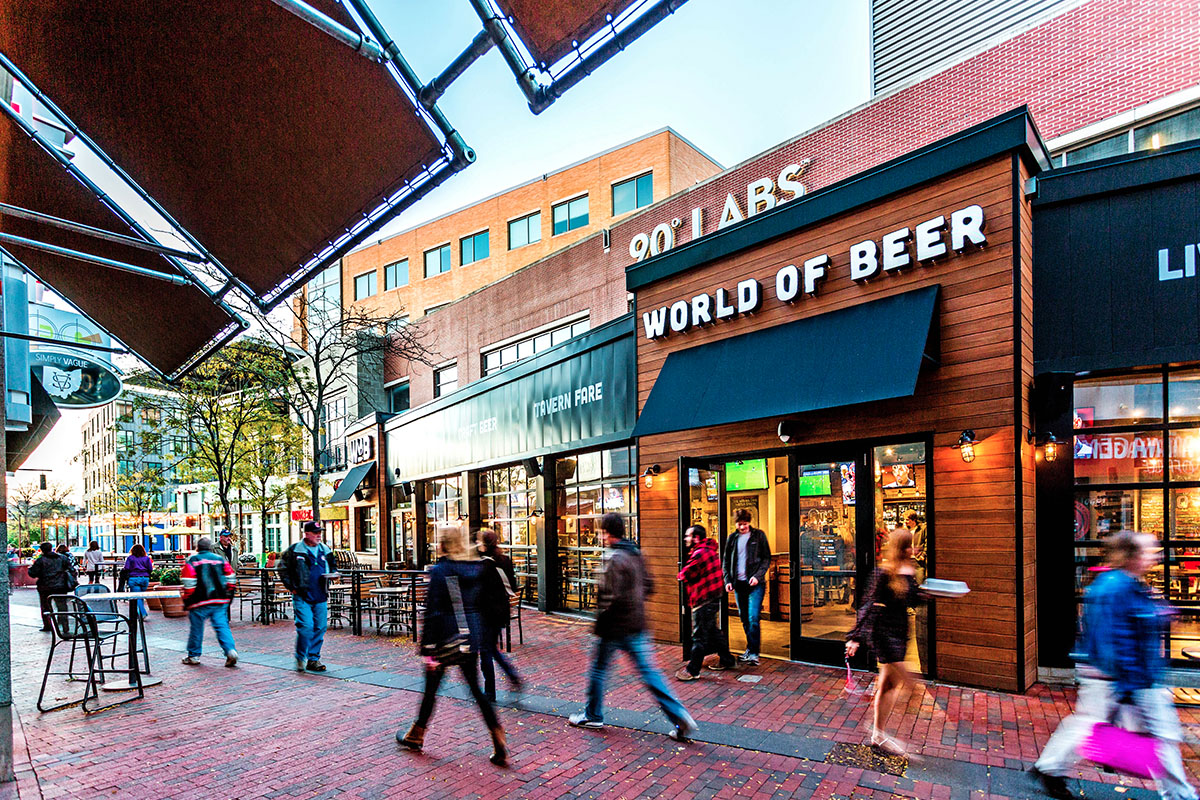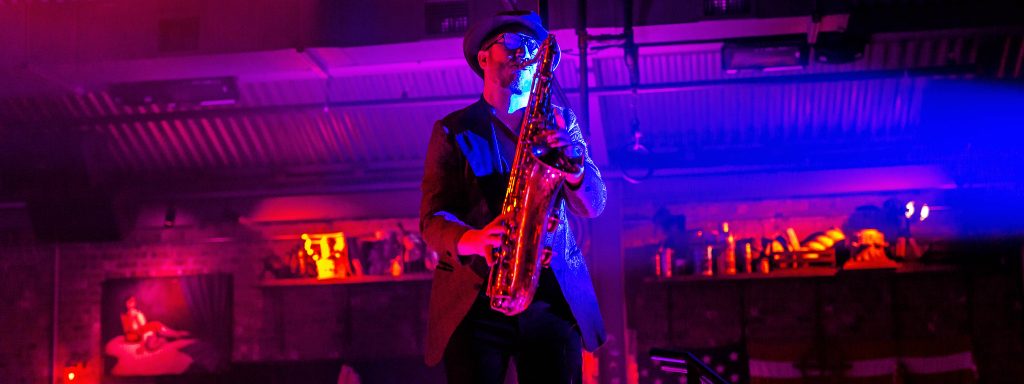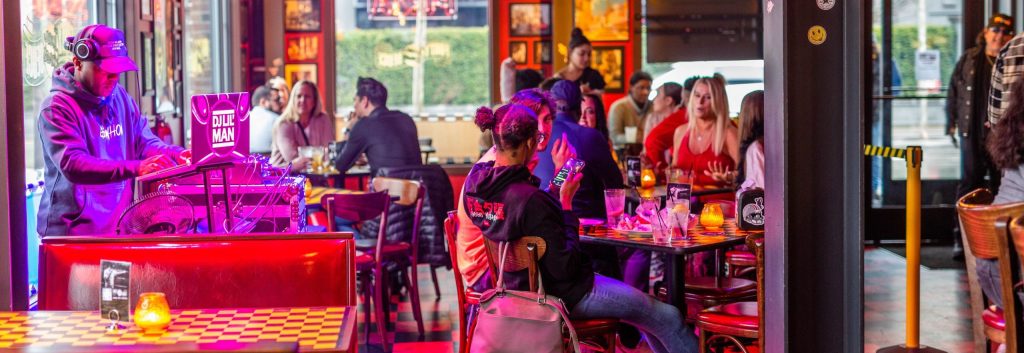By Steiner + Associates
When asked what the future of retail looks like, the average person may say it will shift entirely to the virtual realm. It’s easy to see why they might come to that conclusion, with technological advances developing at warpspeed and media outlets reporting daily on internet disruption and takeover.
But according to the U.S. Department of Commerce, online retail only makes up a small (albeit growing) fraction of physical retail sales in 2019. This trend doesn’t only apply in the United States, physical retail still reigns around the globe.
Rather than a complete and total shift of retail to the digital world, current trends more likely predict an intersection of online and physical retail—a shift that can already be seen with e-commerce giants like Amazon, Casper and more opening brick-and-mortar stores in cities across the globe.
The Retail Seesaw
Today’s retail industry demands a strategic balance of online and physical to remain competitive and reach as many people as possible. While it took a few years for most to catch up, brick-and-mortar giants now realize that they need to have a top-notch digital presence to attract and retain customers. Meanwhile, online powerhouses are finding that the key to building maximal brand awareness and engagement lies in the physical world.
Brand experience, whether in-store or online, is key for retailers to focus upon. Successful brick-and-mortar retailers do a good job of upgrading and enhancing their stores to meet increasing technological sophistication shifting consumer preferences, all while creating remarkable and engaging environments in the process.
Retailers will have to approach changing consumer needs with more creativity, proactivity, and a procilivity for merchandising and marketing flexibility. Whereas the retail of yesterday may have leant towards a more fixed model of success, to thrive in today’s market, retailers must be able to create and sustain dynamic, vibrant and engaging environments.
High quality staff/consumer interactions and experiential components also make a big difference in shaping consumer perception and encouraging repeat business. Retailers like Nike and REI offer plenty of classes and events and hire staff that proactively engage customers with passionate, expert advice. Lululemon and LEGO also make great use of experiential events and elements to heighten the level and frequency of memorable moments with their customers.
Back to Basics
No matter their origin, retailers still need to be retailers. While every store and brand is unique, there are a few universal philosophies that companies should consider as they seek to improve their in-store experience,:
- Analytics and Insight. As in-store analytics continue to evolve, retailers gain access to new and powerful tools that provide valuable information like customer browsing times, average time in-store, what items were interacted with, purchase history and behavior, and more. This data can be used to inform things like merchandising, store design and marketing programs.
- Design and Emotion. Great design and mercantile attention to detail are important steps to creating a great customer experience. A retail environment should evoke emotion—not simply a sterile prelude to a clinical transaction. The experience of shopping needs to have an impact.
- Marketing and Messaging. Targeted, location-based marketing is still extremely effective, and should be utilized far more often in both the worlds of retail and commercial real estate development.
—
The importance of a sense of place and the in-store experience for consumers has online retailers seeking out the best storefront property at the top-trafficked shopping centers in the country, offering commercial real estate developers and owners a wider pool of already-well-known brands to attract as tenants.
By recognizing and leveraging the power of physical spaces with digital real estate, brands will truly realize the success that comes from the intersection of online and physical retail.






